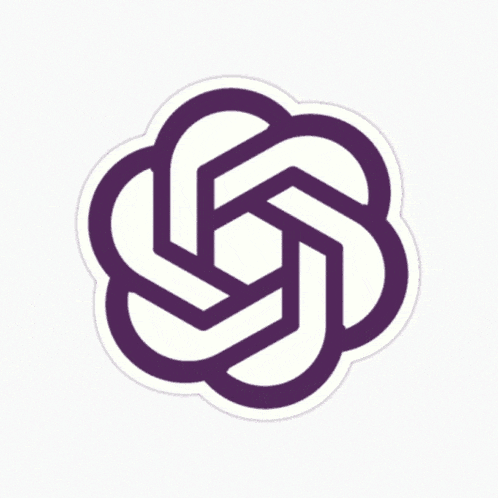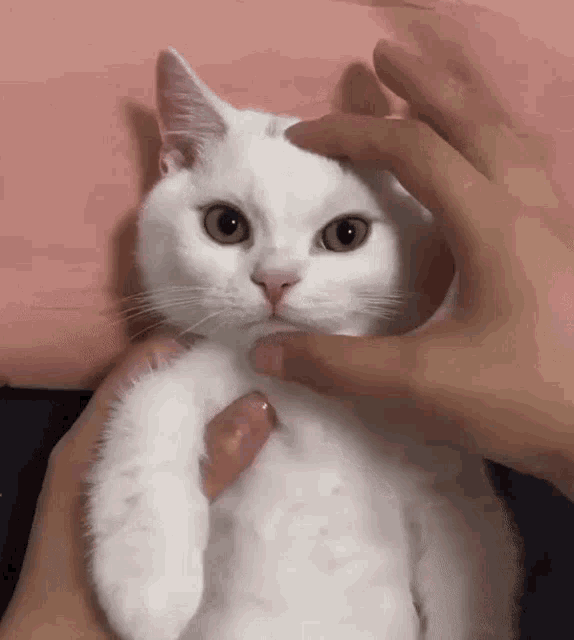In today's digital age, the boundaries between human-generated content and AI-generated responses have become increasingly blurred. With the advancement of artificial intelligence technologies, it's not uncommon for individuals to question whether a response comes from a human or an AI like ChatGPT. This phenomenon raises an intriguing question: can AI be so addictive that it becomes difficult to distinguish between human and machine?
The answer lies in the intricate nature of AI and its integration into various platforms and applications. AI technologies have evolved to mimic human-like responses, leveraging natural language processing and machine learning algorithms. As a result, AI-generated content has become more sophisticated, often indistinguishable from human-generated content. This development has led to situations where individuals perceive AI-generated responses as if they were written by a human.
When faced with the question of whether a response is generated by AI, answering "No, it's not ChatGPT" might lead to various outcomes. In some cases, the person receiving the response might not believe the denial and continue to perceive the content as AI-generated. This skepticism arises due to the increasing prevalence of AI in everyday interactions. However, there are instances where individuals might accept the denial, especially if they have prior knowledge of the content's origin or if the response exhibits distinct human characteristics.
On the other hand, answering "Yes, it is AI" acknowledges the role of artificial intelligence in generating the response. This recognition is vital as AI technologies, such as Google Translate, have become an integral part of our lives. Google Translate relies on AI algorithms to provide accurate translations, demonstrating how AI contributes to enhancing human communication. Accepting that the response is AI-generated can also promote transparency and foster trust between individuals in an era where AI's influence is pervasive.
The blending of AI-generated content with human-generated content has led to a fascinating conundrum. The addictive nature of AI and its ability to replicate human-like responses have made it increasingly challenging to distinguish between the two. While some skepticism may persist, acknowledging the presence of AI in our interactions and embracing its potential can contribute to a more transparent and informed society. As AI continues to advance, the line between human and machine will continue to blur, shaping our understanding of what it means to be human in the age of AI.
Here is a list of my annoyances when I come across the "Is This ChatGPT" comment?
Quote one of the questions below then give your response in the comments column.
Have you ever interacted with an AI-generated response that you originally thought was written by a human? How did it make you feel, and did it change your perception of AI?
Do you think the blurring lines between human-generated content and AI-generated responses pose any ethical concerns? How can we ensure transparency and maintain trust in AI interactions?
In what situations do you find it difficult to distinguish between AI-generated and human-generated content? Are there any specific indicators or cues that help you make that distinction?
How do you think the addictive nature of AI, with its ability to mimic human-like responses, affects our reliance on AI technology? Does it have any implications for human-machine relationships?
Can you share any personal experiences where you had to determine whether a response was AI-generated or human-generated? How did you approach the situation, and what factors influenced your decision?
How can the integration of AI technologies in everyday interactions impact our perception of authenticity and genuine human interaction? Are there any potential benefits or drawbacks to this blending of AI and human content?
What steps do you believe should be taken to ensure responsible and ethical use of AI-generated content? How can we strike a balance between leveraging AI advancements and maintaining human-centric values in our interactions?
As AI continues to advance, how do you envision the future of human-machine interactions? What changes do you expect to see in the coming years regarding the blurring lines between humans and machines?
Feel free to share your thoughts and engage in a discussion about the intriguing topic of AI blurring the lines between human and machine.




















